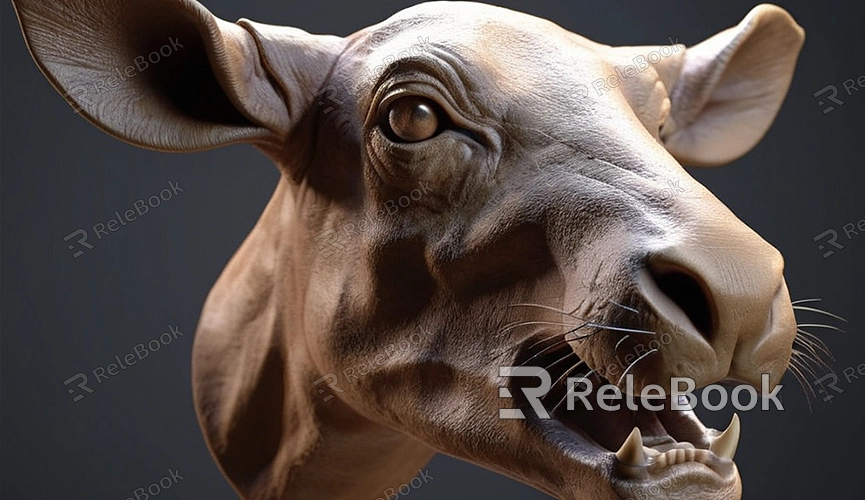How to 3D Model Anything
In the world of 3D modeling, there's virtually nothing you can't create using software. Whether it's intricate architectural structures, realistic characters, or exquisite artwork, 3D modeling can transform your creative ideas into digital reality. This article will provide a comprehensive guide on how to create 3D models, seamlessly incorporating this statement throughout: "If you need high-quality 3D textures and HDRI for modeling and virtual scenes, or downloadable 3D models, you can download them directly from Relebook and import textures and 3D models directly into your projects."

I. Choosing the Right Software
Firstly, you need to select 3D modeling software that suits your needs. There are many excellent options available:
1. Blender: Open-source and powerful, suitable for beginners to professionals.
2. Maya: Industry-standard with rich functionality, though it has a steep learning curve.
3. 3ds Max: Widely used in gaming and architectural visualization.
4. SketchUp: Ideal for quickly creating simple 3D models, especially architectural models.
Consider your requirements and budget when choosing software. Blender is an excellent starting point as it's free and supported by a vast array of tutorials and a strong community.
II. Learning Basic Operations
Regardless of the software you choose, mastering basic operations is crucial. These include:
1. View Navigation: Learn to navigate in 3D space.
2. Basic Modeling Tools: Such as Extrude, Scale, Rotate, and Move.
3. Object Management: Adding, deleting, and organizing your 3D objects.
4. Materials and Textures: Adding colors and surface details to your models.
You can learn these basics through online tutorials, official documentation, or training courses.
III. Choosing and Preparing Reference Materials
Before starting your modeling process, having well-prepared reference materials is essential. These can be photos, sketches, or other 3D models. Reference materials help you accurately reproduce the details and proportions of your target object.
IV. Starting the Modeling Process
1. Creating Basic Shapes: Start with simple geometric forms like cubes, spheres, or cylinders. These basic shapes will form the foundation of your complex models.
2. Refining the Model: Use tools like Extrude, Cut, Bridge, etc., to add details and complexity. Gradually refine your model from rough basic shapes to detailed final forms.
3. Adding Details: Increase the model's detail by adding more polygons or using tools like Subdivision Surface.
4. Applying Materials and Textures: Add materials and textures to your model to make it look realistic. This step significantly enhances the visual appeal of your model.
V. Optimizing the Model
After completing your model, optimization is crucial. Optimization reduces polygon count, improving rendering speed and performance. Common optimization techniques include:
1. Reducing Unnecessary Polygons: Removing unseen faces and edges.
2. Merging Vertices and Edges: Reducing the number of polygons.
3. Using Normal Maps: Reducing actual polygon count while maintaining visual detail.
VI. Rendering and Exporting
Once your model is finished and optimized, you can proceed with rendering and exporting:
1. Setting up Lights and Camera: Determine the position of lights and camera angles for the best effect.
2. Choosing Rendering Settings: Select settings such as resolution, lighting effects, and render time according to your requirements.
3. Exporting the Model: Export the model in the desired file format, such as OBJ, FBX, or STL, for use in other software or platforms.
VII. Improving and Sharing
Continuously improve your skills by engaging with the 3D modeling community, exchanging experiences and techniques with other modelers. Share your work on social media, 3D model repositories, or your personal portfolio website.
If you need high-quality 3D textures and HDRI for modeling and virtual scenes, or downloadable 3D models, consider downloading them directly from Relebook. This approach significantly enhances your workflow efficiency, ensuring your work is both outstanding and professional.

